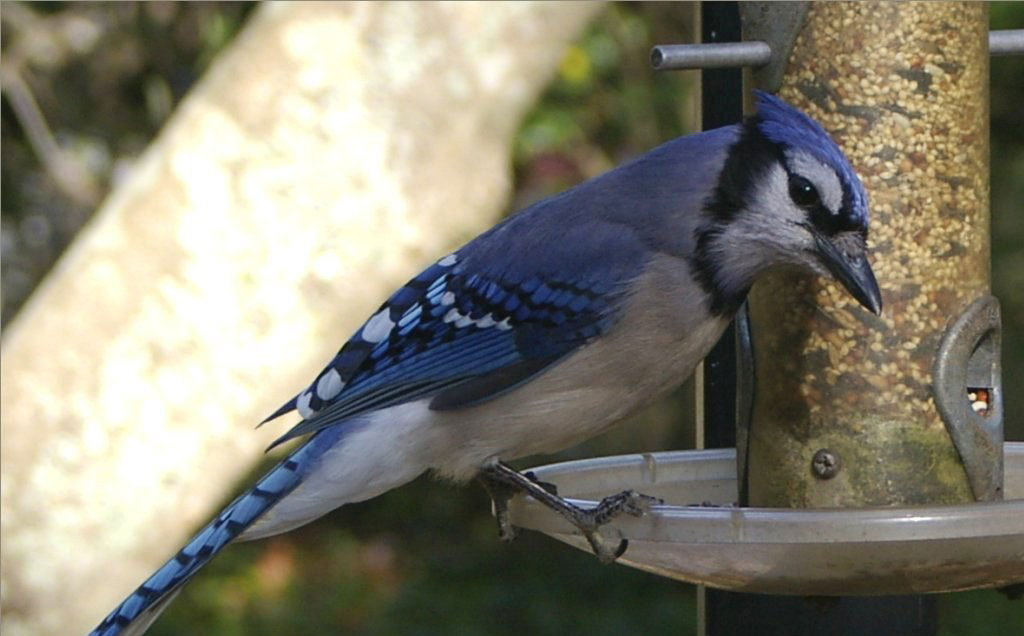Bird Shot
Birds make lousy subjects for digital photographs. They’re fearful, fidgety, and, well, flighty. But you can improve your odds of getting awesome avian photos by moving your camera closer to the birds — and yourself farther away. While you’re at it, why not get them to pose for you?
Since converting from film to digital photography more than ten years ago (I bought an Epson PhotoPC with a half-megapixel resolution for 500 in 1996), I’ve sought ways to take advantage of the “tons o’ shots to get a winner” phenomenon. Recently, I discovered that bird photography definitely falls into that category.
But digitally shooting birds taxes a camera’s resolution limit big-time: your 6 or 10MP digicam suddenly becomes another PhotoPC when you throw away valuable pixels by cropping. So, you have to get closer — but getting closer makes the birds more skittish and shy. It’s a digital catch-22.
We can have our cake and eat it too, though, thanks to a long shutter-release cable and a gadget that typically controls model vehicles: an R/C radio.
To pose the birds, and to prolong camera battery life, I use an old R/C radio and its 2 servos: one actuates the camera’s power switch, and the other slowly turns the bird feeder!
To control my camera’s shutter release button, I use a long 3-conductor cable with 2 switches — the easiest, cheapest way to put your camera near the subject and shoot from a distance.
A shutter release button does 2 things: pressed halfway, it initiates metering and focusing; fully pressed, it fires the shutter. Some cameras have a jack for a shutter release cable, connected in parallel with the button; 2 switches at the other end are sequentially operable. The jack on my Pentax *ist DS camera accepts a standard 3/32″ (2.5mm) stereo plug, as do other DSLRs including the Canon EOS Digital Rebel, Samsung GX-1L, and Pentax K10D.





